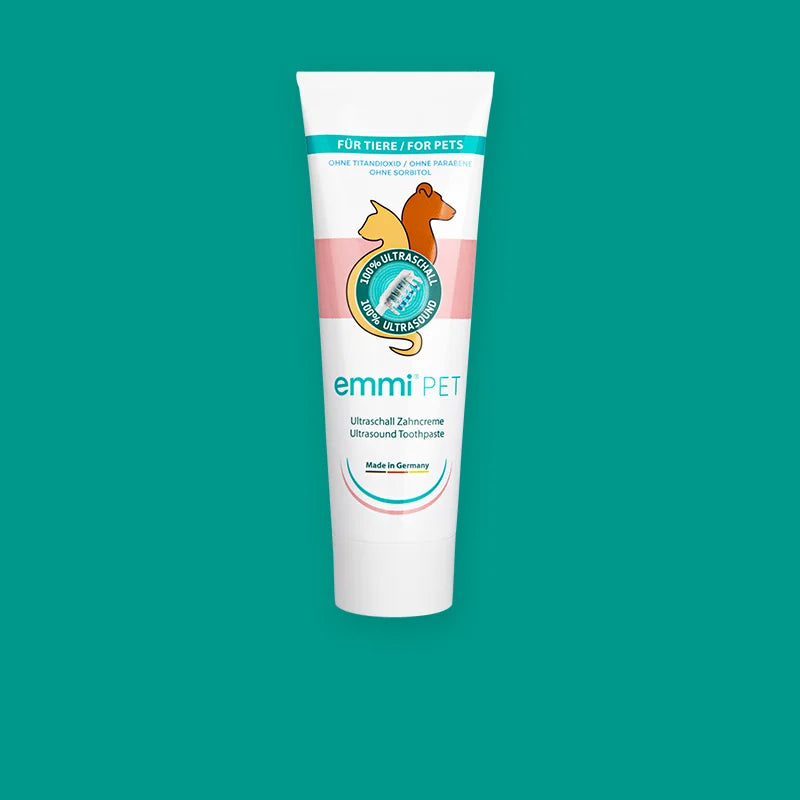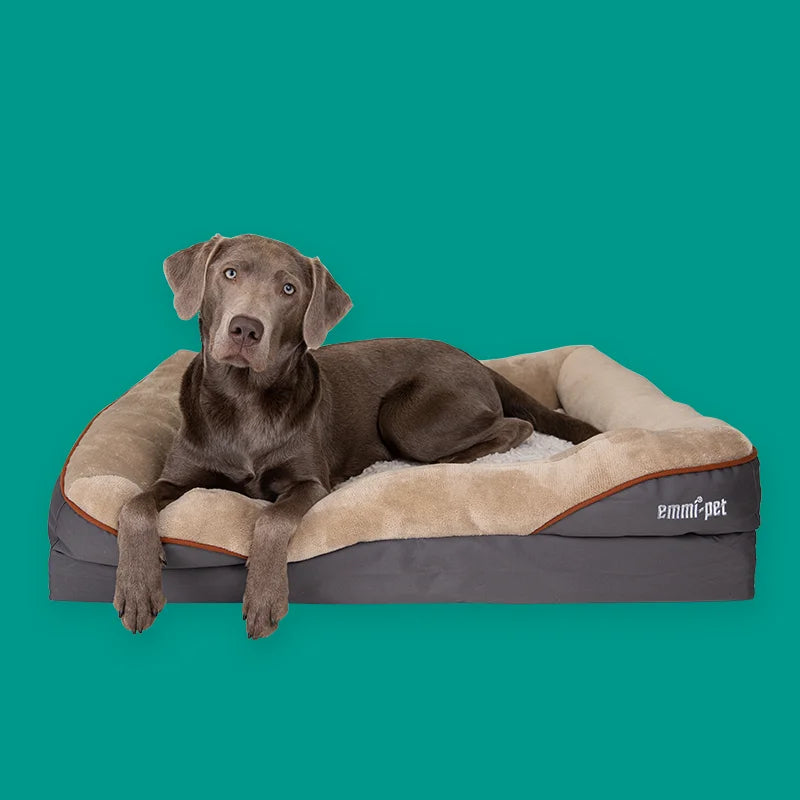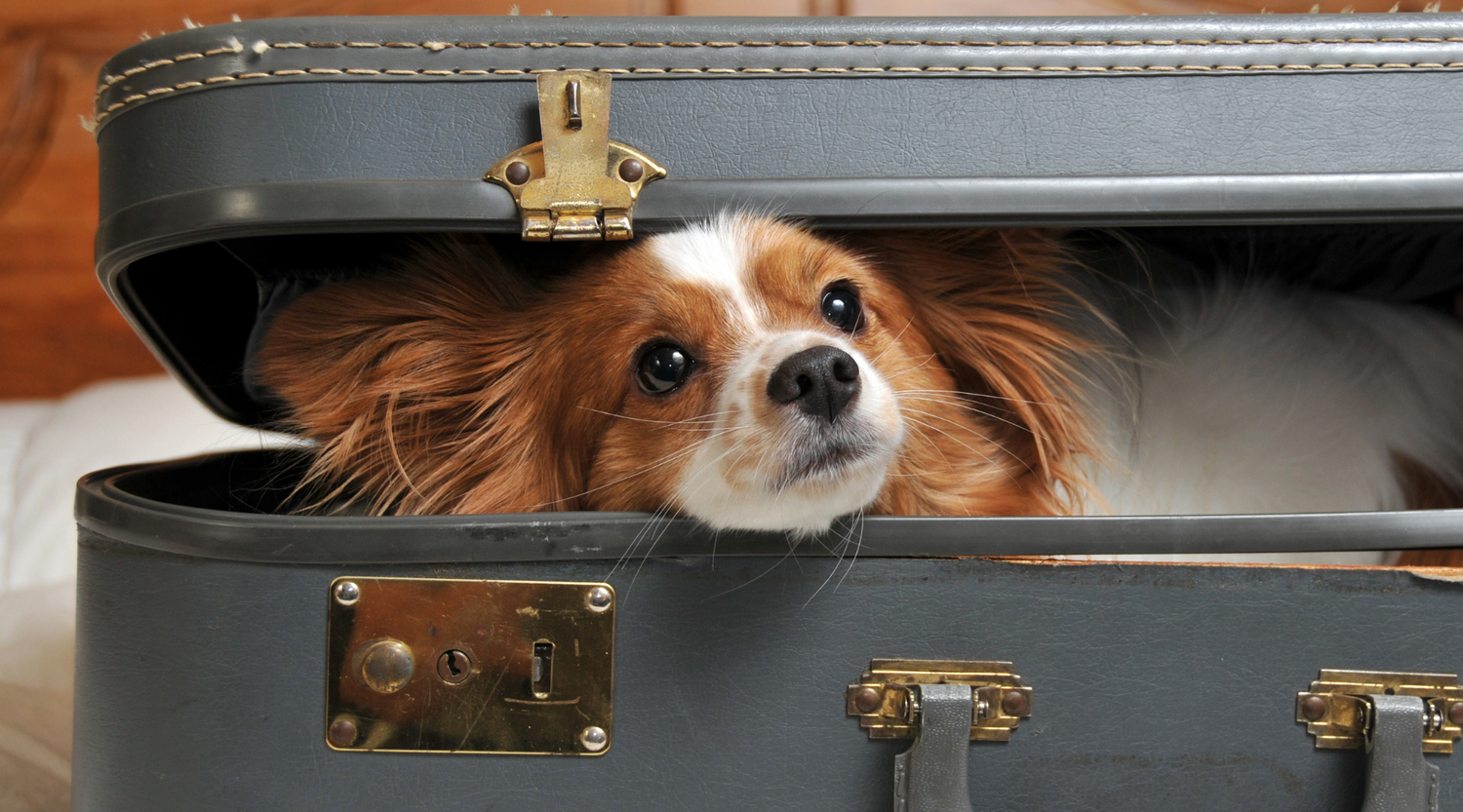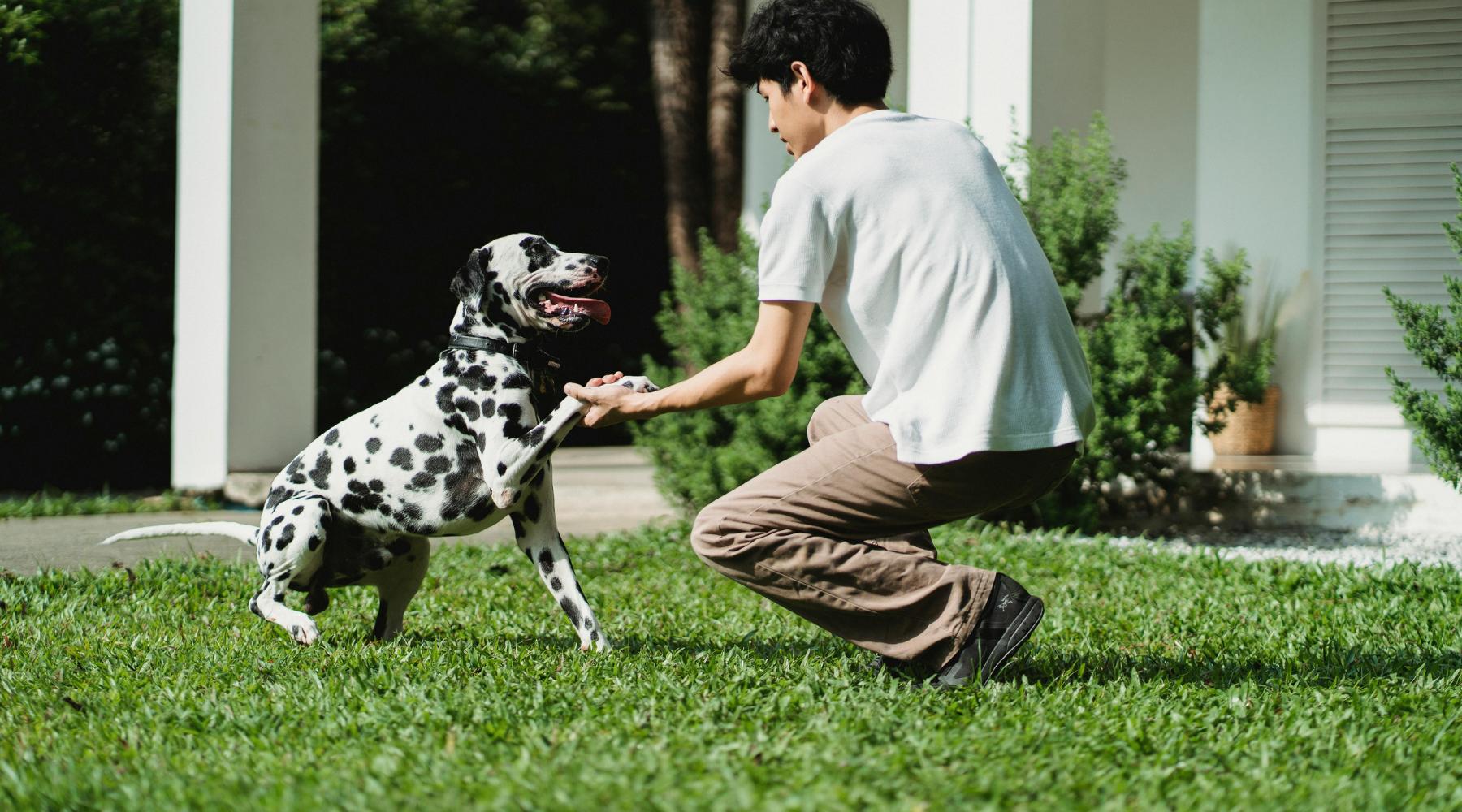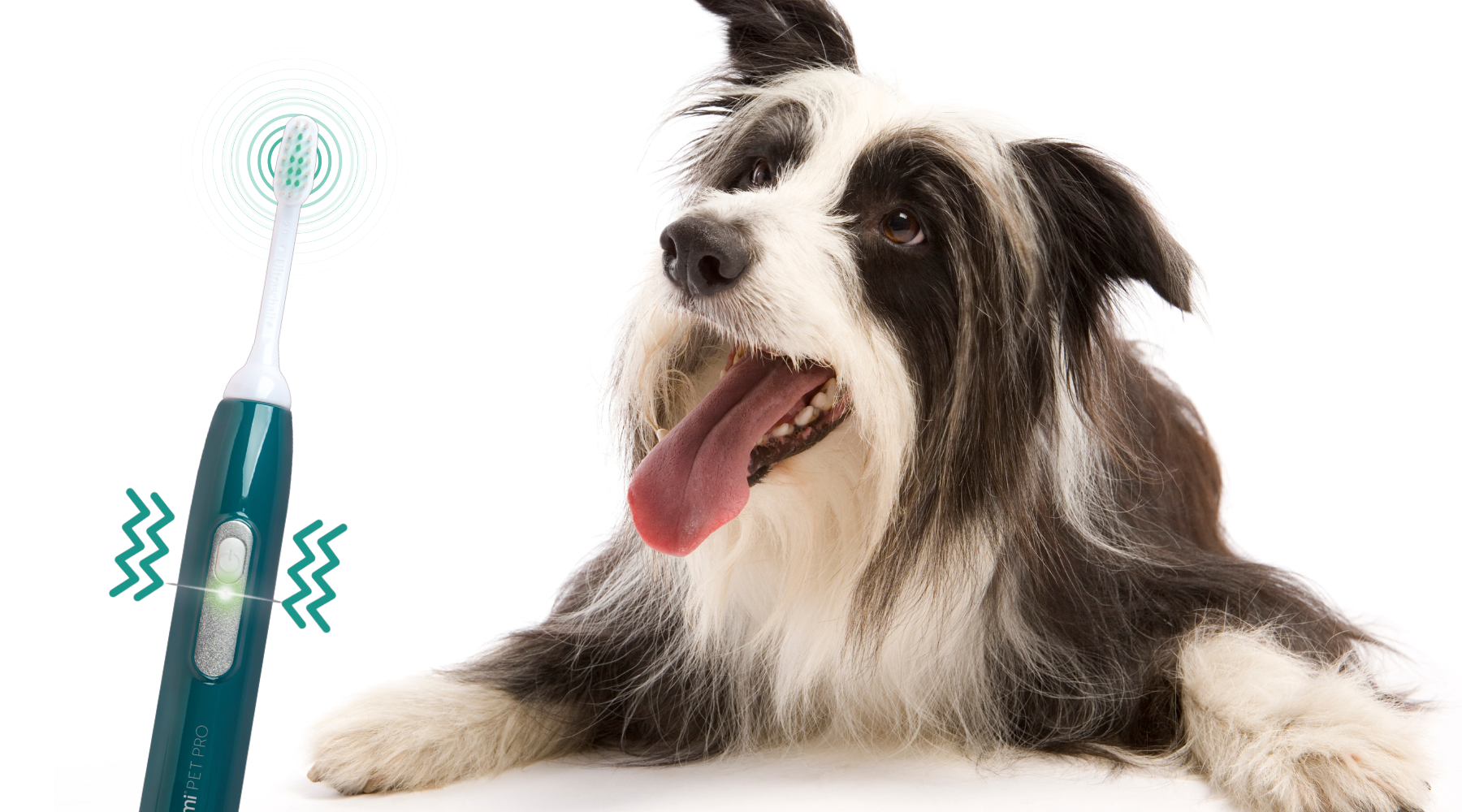The scent of salt in the air, the first rustling of the trail, new paths beneath your paws— vacationing with your dog can be a true adventure. But between the desire to travel and reality, there's often a significant amount of planning. Because to ensure your dog can enjoy the best days of the year just as much as you do, preparation, structure—and an eye for the little details—are essential.
Whether you're driving to the mountains, taking the train to a new city, or even flying, a relaxing vacation with your dog begins long before you leave. In this article, we'll show you what to keep in mind—from choosing your destination and packing list to important care and health issues while traveling.
Choosing a destination – dog-friendly and realistic
Before the first sock ends up in your suitcase, you should ask yourself a crucial question: Where are you actually going – and will my dog really feel comfortable there?
Because not every vacation spot that looks dreamy on Instagram is actually dog-friendly. And not every dog enjoys the same kind of trip. While some love the beach and sun, others prefer shade and peace. That's why it's worth taking an honest look at your four-legged friend's needs:
- Does it tolerate heat well or does it prefer cooler climates?
- Can he handle crowds or does he get stressed easily?
- Does he have any physical limitations that might make long hikes or steep trails difficult?
Quiet coastal regions, rural areas, or secluded mountain huts are usually ideal—especially if you enjoy being outdoors and want your dog to enjoy plenty of space. But city trips are also possible if you provide balance: long walks in parks, opportunities for relaxation at your accommodation, and a schedule that's as stress-free as possible.
And one more important thing: Not every accommodation that says "pet-friendly" is actually dog-friendly. Check whether dogs are only allowed—or whether they are also welcome. Is there a dog basket on site, a fenced-in area, bowls, or a dog shower? This can make a real difference, especially with larger dogs or if you're traveling with more than one pet.
You should also consider the terrain—especially during tick season. Forests, meadows, and fields are wonderful—but they're also classic tick areas. Therefore, it's worth ensuring effective protection before your trip. In the emmi-pet tick protection category, you'll find gentle yet effective solutions that offer your dog protection—without stressing their skin.
Equally important: regular coat checks, especially after walks or playing in the grass. With the high-quality tools from the emmi-pet coat care collection, you're perfectly equipped to quickly detect and remove dirt, loose hair, and small items like burrs or ticks – completely stress-free for your dog.
Travel planning: train, car or flight?
Before the adventure can begin, the question arises: How will we actually travel? The choice of mode of transport significantly influences how relaxed your dog will experience the vacation—or not. Each mode of transport brings its own challenges. This makes it all the more important to realistically assess what suits your dog—and what doesn't.
Traveling by car – flexibility and familiarity
For many dogs, traveling by car is the most pleasant option. It smells familiar, you're close as a caregiver, and the routines are usually familiar. This form of transportation is particularly stress-free for dogs who regularly travel in cars.
Nevertheless, not every dog will happily jump into the trunk. If your four-legged friend is prone to restlessness, nausea, or nervousness, you should practice with short trips early on – just a few minutes at first, then shorter excursions later. Gradually get him used to the routine: getting in, waiting, driving off, arriving.
Safety comes first: Either in a well-ventilated transport box or strapped in with an approved safety harness. In the car, also ensure:
- sufficient fresh air (without drafts),
- Sun protection on the windows,
- and always available water supply.
Plan a break every two hours —not just for exercise, but also for mental relaxation. New impressions, unfamiliar smells, different sounds: all of this needs to be processed. A short walk, a moment to breathe—and your dog is ready for the next stage.
By train – calm, forward-looking, predictable
Traveling by train is a great option— but not for every dog. The confined space, changing passengers, the noise level in train stations, and the unpredictable speed can quickly become a challenge. Therefore, traveling by train is best suited for calm, well-socialized dogs who don't mind confined spaces or strangers.
Important points in advance:
- For large dogs you need a valid ticket – usually half price.
- On most trains, wearing a muzzle is mandatory, although it isn't always enforced. Even just being able to wear one requires practice beforehand.
- If possible, find a quiet corner – in the family compartment or a sparsely occupied carriage.
Another plus point: Many train stations are now dog-friendly, with drinking stations, green spaces, or designated areas. However, make sure you allow enough time for rest on longer journeys—when changing trains or during longer waiting times.
By plane – if it really has to be
Flying with a dog is arguably the most challenging type of travel —for you and especially for your four-legged friend. Not every dog is suited for this. And not every airline is prepared for animal passengers.
Only very small dogs (usually under 8 kg including bag) are allowed in a suitable transport bag be taken into the cabin. They must remain under the seat in front of you for the entire flight—which means confined spaces, darkness, and limited contact with you.
Larger dogs travel in the cargo hold. And that poses risks: pressure fluctuations, temperature differences, and being left alone without a caregiver. If you decide to do this, you should:
- Book early as the number of animal passengers is limited,
- only travel with experienced airlines that offer air-conditioned cargo spaces,
- Consult your veterinarian to assess risks and, if necessary, exclude or adjust sedatives.
Honestly, if you have any doubts about whether your dog is fit to fly, he probably isn't. Safety always comes before the desire for adventure. Perhaps an alternative destination can be found—or loving care at home while you fly.
Preparation is everything – what you should clarify in good time
A successful vacation with your dog begins long before departure – with a clear head and an open eye for detail. While we humans know what to expect, your dog relies entirely on your planning. The more structured and relaxed you organize everything in advance, the easier it will be for him to embrace the trip.
Veterinarian check:
A veterinary appointment is mandatory—not out of mistrust, but out of concern. Have your dog thoroughly checked before your trip: Are their vaccinations up to date? What's their general health status? Are there any medications you should bring? Don't forget your first-aid kit, tick and flea protection —and talk to your vet about whether a mild sedative might be beneficial in your case. This can be a blessing for your pet, especially on long journeys or flights.
Travel documents:
Your dog also needs papers – especially when crossing borders. These include an EU pet passport, a valid rabies vaccination certificate, a microchip number, and – depending on your destination – additional entry forms. Find out about the specific requirements of your destination well in advance. Nothing is more unpleasant than discovering at the border that a stamp is missing or a vaccination date is incorrect. Being well prepared means stress-free travel.
Clarify accommodation:
Not all dog-friendly hotels are dog-friendly. Ask carefully: Are dogs really allowed in the breakfast room or on the terrace? Are there special rules regarding size, number, or behavior? Do dogs have to stay outside once it starts to rain? A quick phone call or email can avoid any misunderstandings—and you'll know what to expect. The clearer the conditions, the safer your dog will feel.
Think through your daily schedule:
Your dog isn't welcome everywhere—and that's okay. But you should be prepared. What do you do if you want to go to a museum but your dog isn't allowed? Are there dog sitters or a loving daycare available on-site? Can your dog stay alone in your accommodation for a few hours—or would you rather practice this before you leave? A flexible, dog-friendly daily schedule is worth its weight in gold—for your dog and your peace of mind.
Tip:
A dog doesn't travel for the sights—it travels for you. And the calmer, clearer, and more thoughtful you provide him with the framework, the more relaxed he will be at your side.
The ideal packing list for your dog
✓ EU pet passport
✓ Favorite blanket or basket
✓ Bowl & water bottle
✓ Food & snacks (enough for every day)
✓ Poop bags
✓ Leash, tracking line, collar & harness
✓ First aid kit & medication
✓ Toys for everyday life
✓ Muzzle (for train or emergencies)
✓ Tick tweezers
✓ Towel / mat
✓ Dental care utensils such as our emmi-pet PRO ultrasonic toothbrush for dogs and cats
Extra tip: Pack a calming scent from home—like a worn T-shirt or a familiar blanket. This is especially helpful in new sleeping environments.
Care on vacation – don’t forget!
Even on vacation, your dog remains a living being with daily needs. These include not only food, exercise, and closeness—but also grooming.
Seawater, sand, wind or long hikes are particularly likely to cause skin irritation, matted fur or dirt in the paws.
You should never neglect dental care while traveling. New treats, long car rides, or different feeding habits can put additional strain on your dog's gums and oral flora.
With our compact and quiet emmi-pet PRO, you can easily ensure thorough, stress-free dental care even on the go. No vibration, no brushing, no drama – just ultrasonic, which works quietly.
A few minutes a day – and your dog will not only stay clean, but will also feel completely cared for.
Plan rest periods – for body & mind
Even the most wonderful vacation can be overwhelming—especially for dogs who are used to a clear daily routine at home. New places, unfamiliar smells, different routines: all of this has to be processed.
Therefore, consciously plan quiet times . Walks without a destination, a nap in the shade, a relaxing time together on the patio. Dogs aren't sightseeing animals—they need rhythm.
Stimuli such as many unfamiliar dogs, new noises, or crowds can also be emotionally demanding for your dog. Observe him carefully—and respect when he can't "function."
Holidays with your dog – relaxed through preparation and proximity
Traveling with a dog isn't a walk in the park—but it's a wonderful way to deepen your relationship. If you prepare him, accompany him, and provide him with structure, he won't just come along—he'll walk with you .
Pay attention to their needs, plan realistically, and stick to their routines – even in unfamiliar territory. Because in the end, it's not how far you travel that counts – but how close you stay.

